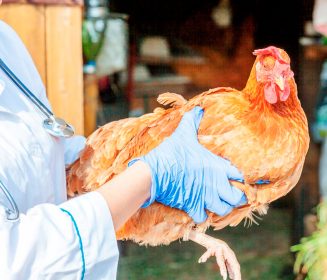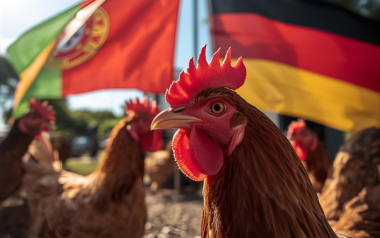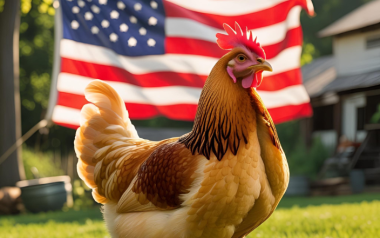28 Mar 2023
False layer syndrome review
In many countries, commercial layer flocks are being affected by a unique syndrome that is currently considered to be associated with specific strains or serotypes of the infectious bronchitis virus (IBV).
Content available at:
Español (Spanish)
In many countries, commercial layer flocks are being affected by a unique syndrome that is currently considered to be associated with specific strains or serotypes of the infectious bronchitis virus (IBV). This syndrome is known as False Layer Syndrome (FLS) or Ovulatory NonLaying Syndrome (ONLS).
Affected flocks have severely dilated and fluid-filled left oviducts with a significant decrease in egg production.
In Canada and the United States, an emerging variant strain of IBV, known as DMV1639, has been detected in flocks diagnosed with this syndrome.
Other IBV strains have been historically associated worldwide with the development of cystic oviducts, including, but not limited to, QX and similar to QX, YN, Massachusetts, Australian T, and IS/885 strains.
This review describes the current knowledge of this syndrome, highlighting the findings of a clinical case presented at the Virtual Meeting of the American Association of Avian Pathologists.
CLINICAL SIGNS
Affected flocks may experience drops in egg production ranging from
TO CONTINUE READING REGISTER IT IS COMPLETELY FREE
Access to articles in PDF
Keep up to date with our newsletters
Receive the magazine for free in digital version
REGISTRATION
ACCESS
YOUR ACCOUNT
LOGIN
Lost your password?








































